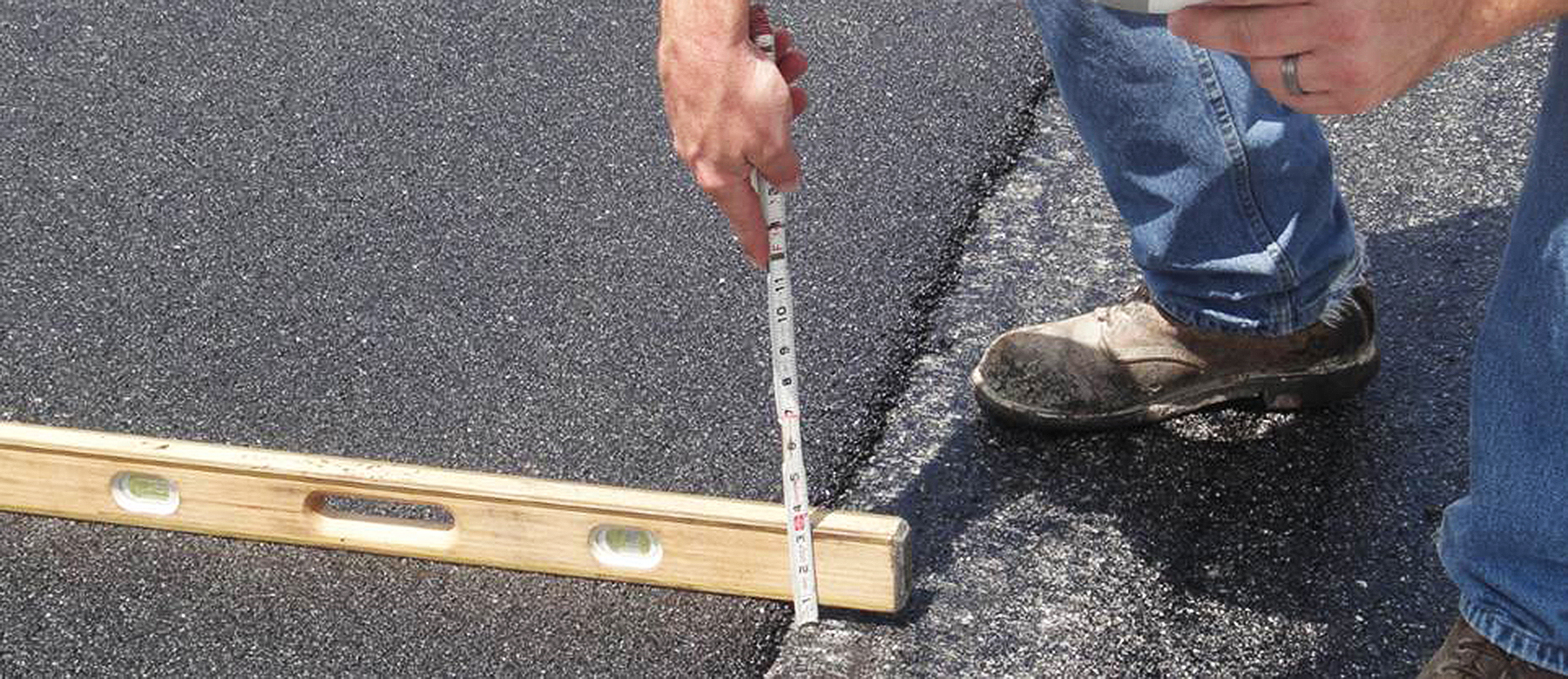Opening the Tricks of Warm Mix Asphalt Modern Technology
Discovering the midsts of warm mix asphalt technology uncovers a world where accurate formulas and careful procedures assemble to shape our roads and infrastructure. The combination of binders, fillers, and aggregates isn't just a building and construction task but a tactical orchestration of sturdiness and effectiveness. As we peer into the intricate dancing of parts, a tapestry of strength and sustainability unfolds. But what lies below this surface area of asphaltic proficiency, and what tricks wait to be revealed in the realm of leading developments?
Value of Hot Mix Asphalt
Warm Mix Asphalt plays a vital role in modern framework advancement as a result of its sturdiness and cost-effectiveness. As one of the most frequently used leading material for roads, highways, and car park, Warm Mix Asphalt offers an array of benefits that add to its importance in building jobs. One crucial advantage is its capability to withstand rush hour lots and harsh climate condition, offering a trustworthy and long-lasting surface for transport networks. In Addition, Warm Mix Asphalt is affordable in both preliminary construction and long-lasting upkeep, making it a recommended choice for numerous facilities jobs.
The toughness of Hot Mix Asphalt stems from its structure, which consists of accumulations, binder, and filler products that are carefully chosen and mixed to satisfy specific efficiency requirements. Overall, the significance of Hot Mix Asphalt in infrastructure advancement can not be underrated, as it proceeds to be a cornerstone of contemporary construction methods.
Components of Asphalt Mixes
The make-up of asphalt mixes includes carefully selected aggregates, binder, and filler products that are important for attaining certain efficiency demands. Accumulations are the key part of asphalt blends, supplying toughness and security. These accumulations can be all-natural, such as crushed rock or smashed rock, or artificial, like recycled products from old sidewalks. The binder, usually asphalt or asphalt cement, holds the accumulations with each other and supplies flexibility and longevity to the mix. The selection of the binder is vital as it directly influences the mix's efficiency in different weather. Fillers, such as moisturized lime or Portland concrete, are used to enhance the mix's workability and aging resistance. Angled Parking.
The mix and percentage of these elements play a significant function in figuring out the top quality and efficiency of the asphalt mix. Designers carefully make the mix to satisfy details requirements, taking into consideration variables like website traffic volume, environment conditions, and pavement life expectancy. Appropriate selection and balancing of aggregates, binder, and fillers are vital for producing sturdy, lasting asphalt sidewalks.
Mixing and Production Strategies

As soon as the accumulations are picked, the binder, typically asphalt cement, is included to look here bind the products together. The binder's quality and quantity significantly affect the mix's versatility, toughness, and resistance to environmental elements. Additionally, fillers like moisturized lime or Portland cement might be integrated to boost specific characteristics of the asphalt mix, such as its workability or moisture resistance.
Throughout manufacturing, the aggregates and binder are heated up, normally in between 250-325 ° F(121-163 ° C ), to promote mixing and make sure proper covering of the accumulations. The blending process should be comprehensive to attain an uniform blend have a peek at this site that promotes the preferred performance characteristics of the asphalt. Different methods, such as set mixing or drum mixing, are utilized to attain constant and high-grade asphalt mixes for building and construction tasks.
Factors Affecting Asphalt Performance
Aspects influencing asphalt efficiency include a variety of variables that affect the longevity, long life, and overall top quality of asphalt pavements. One crucial factor is the top quality of materials used in the asphalt mix. The type and resource of aggregates, the binder top quality, and the ingredients all play a considerable role in establishing the performance of the asphalt sidewalk. The rank of accumulations is essential as it impacts the mix's resistance, workability, and security to rutting and breaking.

Style considerations, such as sidewalk density and drainage, are necessary in ensuring the long-term performance of the asphalt sidewalk. By meticulously considering these aspects, specialists and designers can optimize asphalt performance and enhance the service life of pavements.
Sustainable Practices in Asphalt Modern Technology

Additionally, the advancement of warm-mix asphalt (WMA) modern technologies has gained grip in recent times. WMA permits the production and positioning of asphalt blends at lower temperature levels compared to conventional hot-mix asphalt, resulting in lowered power usage and greenhouse gas exhausts. In addition, the usage of porous asphalt blends can assist reduce stormwater runoff concerns by enabling water to infiltrate through the sidewalk and into the ground, advertising natural water filtration and reenergize procedures. By carrying out these sustainable methods, the asphalt industry can add to building an extra eco-friendly and resilient framework network.
Conclusion
Finally, warm mix asphalt technology plays a crucial duty in modern framework advancement because of its toughness and cost-effectiveness. By carefully balancing components, using proper blending techniques, and thinking about numerous elements, designers can develop high-quality asphalt blends that withstand rush hour lots and rough climate condition. Accepting sustainable methods, such as using warm-mix modern technologies and recycled products, better improves the environmental friendliness of asphalt technology.
Blending and production techniques in hot mix asphalt innovation involve the exact mix and handling of accumulations, binder, and fillers to create a resilient and high-performance asphalt mix.Variables affecting asphalt performance encompass an array of variables that affect the resilience, longevity, and total high quality of asphalt pavements. Lasting methods in asphalt technology incorporate different initiatives intended at decreasing the ecological effect of asphalt manufacturing and paving processes. By incorporating recovered asphalt pavement (RAP) and recycled asphalt roof shingles (RAS) right into brand-new asphalt blends, the market can significantly minimize the consumption of raw products and energy, while likewise decreasing garbage dump waste.
WMA allows for the manufacturing and positioning of asphalt mixes at reduced temperatures contrasted to typical hot-mix asphalt, resulting in decreased energy consumption and greenhouse gas discharges.